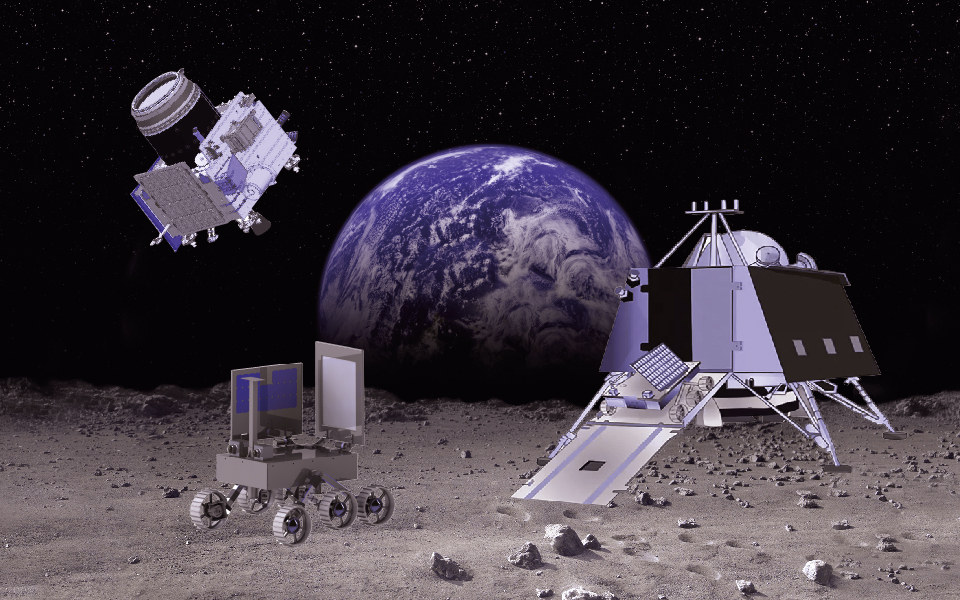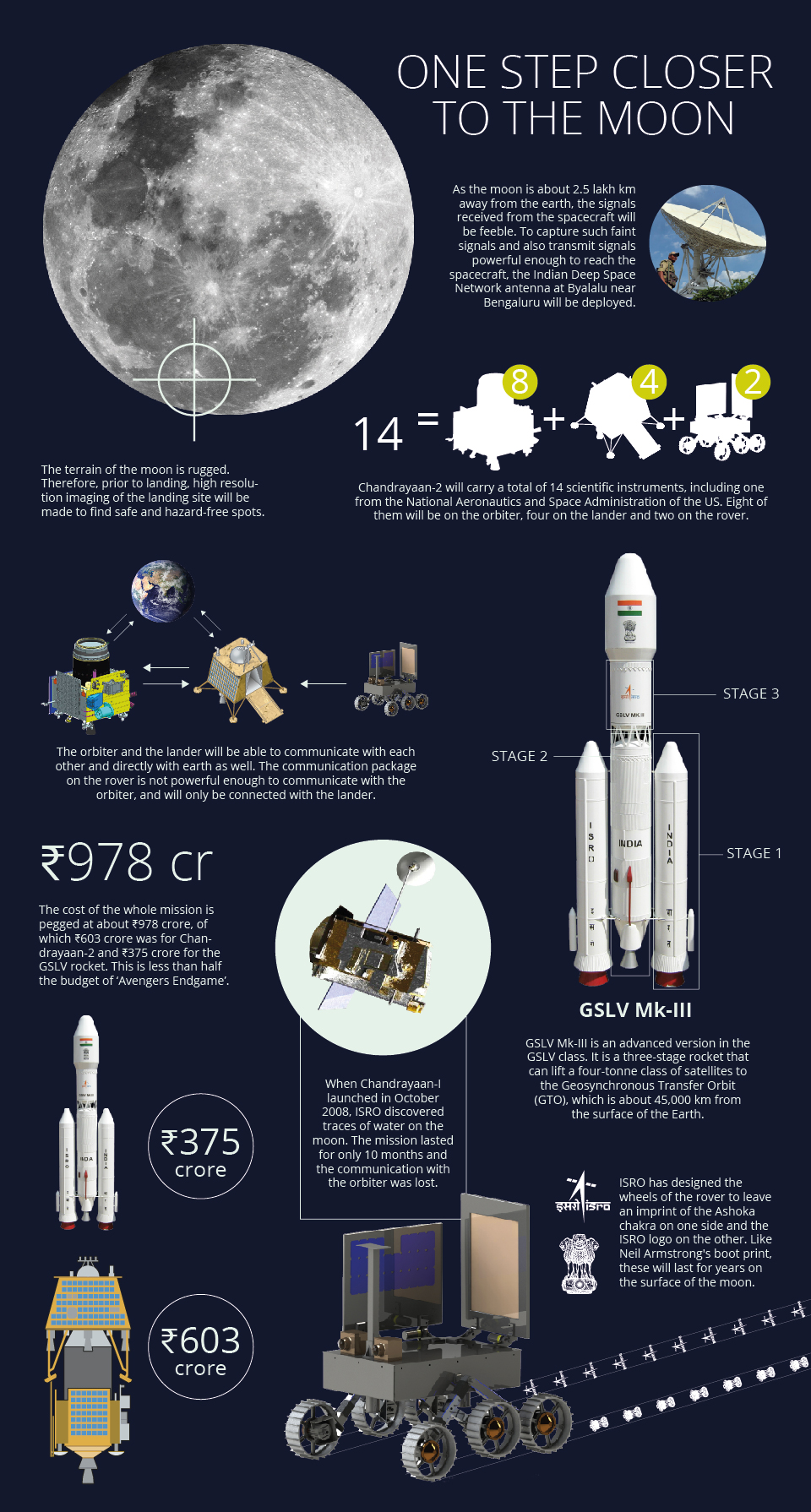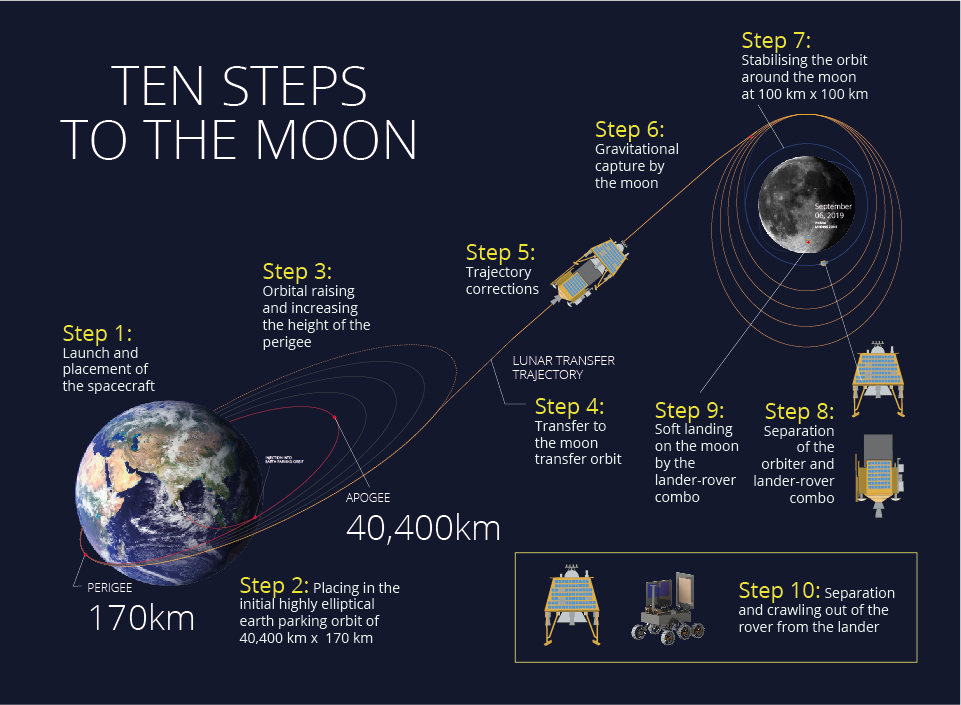
- Home
- India
- World
- Premium
- THE FEDERAL SPECIAL
- Analysis
- States
- Perspective
- Videos
- Sports
- Education
- Entertainment
- Elections
- Features
- Health
- Business
- Series
- In memoriam: Sheikh Mujibur Rahman
- Bishnoi's Men
- NEET TANGLE
- Economy Series
- Earth Day
- Kashmir’s Frozen Turbulence
- India@75
- The legend of Ramjanmabhoomi
- Liberalisation@30
- How to tame a dragon
- Celebrating biodiversity
- Farm Matters
- 50 days of solitude
- Bringing Migrants Home
- Budget 2020
- Jharkhand Votes
- The Federal Investigates
- The Federal Impact
- Vanishing Sand
- Gandhi @ 150
- Andhra Today
- Field report
- Operation Gulmarg
- Pandemic @1 Mn in India
- The Federal Year-End
- The Zero Year
- Science
- Brand studio
- Newsletter
- Elections 2024
- Events
- Home
- IndiaIndia
- World
- Analysis
- StatesStates
- PerspectivePerspective
- VideosVideos
- Sports
- Education
- Entertainment
- ElectionsElections
- Features
- Health
- BusinessBusiness
- Premium
- Loading...
Premium - Events

Chandrayaan-2: How ISRO plans to use earth’s gravity to land on moon

The Indian Space Research Organisation (ISRO)’s GSLV Mk-III rocket will carry Chandrayaan-2, weighing 3.8 tonnes, towards the moon, in the wee hours of July 15, and mark the beginning of a new era in the history of Indian space exploration. When the lander, named Vikram (short for Vikram Sarabhai, the father of the Indian space programme), and Pragyan, the rover, soft land on the surface of...
The Indian Space Research Organisation (ISRO)’s GSLV Mk-III rocket will carry Chandrayaan-2, weighing 3.8 tonnes, towards the moon, in the wee hours of July 15, and mark the beginning of a new era in the history of Indian space exploration. When the lander, named Vikram (short for Vikram Sarabhai, the father of the Indian space programme), and Pragyan, the rover, soft land on the surface of the moon, India will be the fourth country, after the USA, the former Soviet Union, and China, to do so.
Although it will take about 30 minutes to reach space, Chandrayaan-2 will take almost 50 days to reach the moon’s orbit. This is because ISRO is proposing to use the gravity assist technique to gain the necessary impulse for the spacecraft to attain escape velocity. Once it reaches the moon, the orbit has to be stabilised at a 100 km x 100 km circular orbit. The lander-rover combination has to be separated from the orbiter and made to touch down on the surface of the moon.
Gravity to assist
Although more powerful than the Polar Satellite Launch Vehicle (PSLV), which took Chandrayaan-1 to the moon, the impulse provided by Geosynchronous Satellite Launch Vehicle (GSLV) falls short of the bare minimum escape velocity of 11.2 km per second. Imaginatively, ISRO is proposing to take the help of earth’s gravity to escape its clutches.
By slinging the spacecraft around earth many times along the direction of the planet’s rotation in a highly elliptical orbit, and firing the rockets as and when the spacecraft approaches the nearest point, called perigee, the rotational velocity of earth can be imparted onto the spacecraft. Called gravity assist, the spacecraft will spend about 16 days going around the earth to obtain the necessary velocity to escape from the gripping hands of its gravity. Once adequate escape velocity is gained, the spacecraft is taken to the ‘lunar transfer orbit’, and the speeding spacecraft reaches the sphere of influence of the moon in just six days.

Sphere of influence
On average, the distance from the earth to the moon is about 3,84,400 km. Considering the earth-moon system, when an object gets close to 62,630 km from the moon, it falls into the spell of the satellite’s sphere of influence. Moon’s sphere of influence is the region where the gravitational attraction of the moon is greater than that of the earth. Any object that gets that closer to the moon’s sphere of influence will be attracted towards it. Once Chandrayaan-2 reaches this point, it will race towards the moon like a falling stone, and if unchecked, will crash or fly past it.
At a predetermined time and location, the Chandrayaan-2 will be made to do a somersault in the space. The spacecraft will be turned and the rocket nozzle will point towards the moon. Called retro firing, the rockets will then be fired along the direction of the motion of the spacecraft. This will create an opposing impulse, against the motion of the spacecraft. The spacecraft will then begin to slow down. Chandrayaan-2 will have to be slowed enough for the weak gravity of the moon to catch the scurrying spacecraft.
In the lap of the moon
With the retro firings, Chandrayaan-2 will enter into the orbit around the moon. Initially the orbit is elliptical, and over many days, by series of orbital maneuvers, the orbit will be circularised at 100×100 km. After the circular orbit is achieved, the next few days will be spent in checking up the health of the orbiter, lander and rover. Once all things are settled, command will be given to separate the orbiter from the lander-rover combo. The lander-rover will be deorbited to about 30 km from the surface of the moon. As the lander nears the surface of the moon, more retro firing will be done against the direction of the motion to reduce the speed to enable a soft landing.
Tricky operation
One of the most delicate operations of the entire mission is controlling the speed of the spacecraft as it approaches the surface of the moon. When deorbited, the lander-rover combo will be in a state of free fall, increasing the chance of crash landing and destruction of the spacecraft. As the moon lacks adequate dense atmosphere, one cannot resort to parachute-like technologies to drag and reduce the speed of the hurling spacecraft.
The speed of the lander-rover combo has to be slowed down to about one metre per second or less to achieve a soft touchdown. The thrusters in the lander will be used to fire in the opposite direction of the motion to slow down. One of the key challenges will be to make the thrusters ignite after a 50 days journey in biting cold conditions of deep space. These will the most nail-biting 15 minutes. This will be the make or break moment for the mission.
Polar express
Until now all the space faring nations have aimed to reach the equatorial region of the moon receiving abundant sunlight required for the solar powered instruments. However, the landing site planned for Chandrayaan-2 is near the south pole of the moon. The unexplored territory is expected to host solid ice in the permanently shaded craters. These regions contain ancient rocks and craters that offer clues to the history of its formation.
Life of the mission
One lunar day, the time taken for the moon to make one self-rotation, is equal to about 29.5 ‘earth days’, so every point on the surface of the moon will experience ‘daytime’ for about 14 days. While the orbiter will come into the sun side every revolution, the lander and the rover will have to depend on the sun’s light for energy and illumination to carry out its mission. The landing has to be timed to sunrise time at the designated place of landing. The anticipated life of both the lander and rover is 14 days, while the orbiter is expected to function for more than a year.

The scientific missions
The scientific instruments onboard the orbiter will conduct remote sensing and detailed study of topography, mineral composition and distribution. In particular, the distribution of water molecules will be studied. The cameras aboard the orbiter will take high resolution pictures of the surface of the moon. A 3D map of the moon will be composited from the data.
The instruments on the lander, which will remain stationary after the touchdown, will study the tenuous atmosphere and also lookout for ‘moon quakes’. By pinpointing laser light on the NASA’s Laser Retroreflector Array fixed on the lander, and measuring the time taken for the reflected light to come back, the distance to the moon will be accurately measured. Such measurements will aid in verifying gravitational theories, and improve the values of gravitational constants.
After the safe landing, the rover, a six-wheeled, solar-powered, AI (artificial intelligence)-enabled robot-vehicle, will be allowed to detach itself and slowly crawl on the surface of the moon. Moving at a snail’s pace of one centimetre per second, and not going beyond 500 metres of the lander, the rover — equipped with two scientific instruments — will collect data on the composition of the surface near the lunar landing site, and determine the abundance of various elements.
